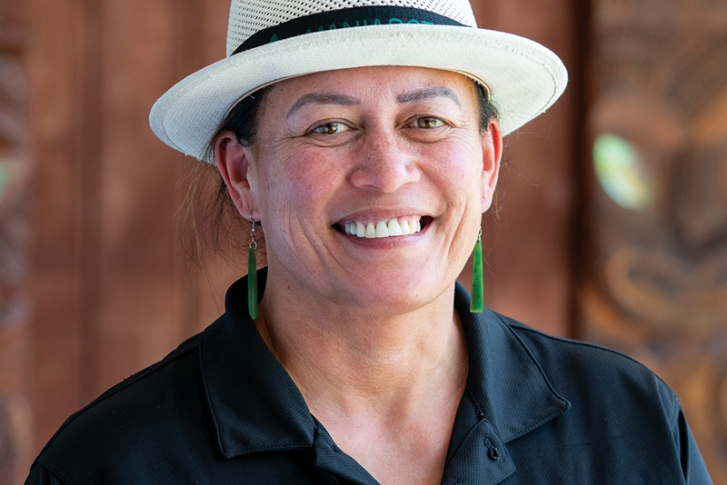Te Nehenehenui (previously Maniapoto Māori Trust board) and NIWA are working collaboratively to support Ngāti Maniapoto whānau[1] to reconnect with and participate in the assessment of their freshwater according to their values.
The project has been underway for over five years with three objectives in mind:
- Engaging and exciting Maniapoto whānau into reconnecting with their freshwaters
- Developing a framework to assess the state of their freshwaters that reflects the unique values of Maniapoto whānau
- Building the capability and capacity of Maniapoto whānau to participate in the assessment of their waterways according to their freshwater values.
The goal of this project was to develop and test a Maniapoto Freshwater Cultural Assessment Framework alongside Maniapoto whānau.
The framework developed derives from Ngāti Maniapoto values, incorporating a Ngāti Maniapoto way of assessing state, as well as assessment tools and approaches that are based on mātauranga Māori, community and scientific knowledge.
Initially four values were proposed based on existing Maniapoto documents (e.g. Iwi Environmental Management and Fisheries Plan), including tuna, swimming, kōura and sites of significance.
In wānanga, whānau added drinking water, birds, watercress and culturally and ecologically important plants. In addition, whānau identified and prioritised four values to explore more in depth.
For more on the development and testing of these values download Maniapoto Cultural Assessment Framework project update below.
Download
Some of the key next steps identified by whānau and Te Nehenehenui are:
- To continue to develop and refine the data management systems, including storage, analysis and visualisation tools long term
- To utilise outward facing visualisation tools to socialise and communicate the data with the wider community including whānau, hapū, land trusts and councils
- To explore and develop the remaining values - kōura, sites of significance, birds and plants (e.g. rongoā and riparian).
[1] In this context the term whānau is used broadly to refer to those who whakapapa to Ngāti Maniapoto me ōnā hapū maha(and the many associated groups), and more specifically in this report, it is used to represent hapū members involved in the development, testing and refinement of the CAF framework.



